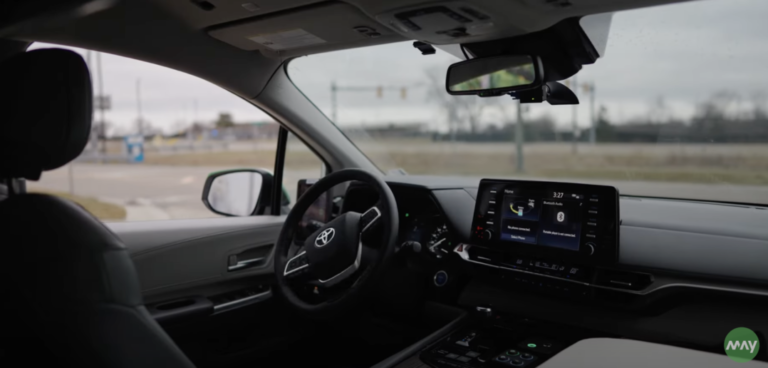Autonomy specialist May Mobility has announced the launch of its third-generation autonomous driving system which, it states, enhances safety, efficiency and rider satisfaction. Notable improvements to the system include increased speed, tele-assist capabilities and better detection accuracy.
The autonomy stack includes May Mobility’s third-generation vision stack, next-generation pedestrian modeling and several other enhancements which enable the vehicle to navigate efficiently in a multitude of scenarios.
“The fundamental thesis behind May Mobility is to make public transit better than taking a personal car,” said Edwin Olson, CEO of May Mobility. “By improving the quality and scope of our autonomy system and delivering a more efficient service, we can gradually reduce the need for personal car ownership. These strides will further enable [May Mobility propriety AV technology] Multi-Policy Decision Making (MPDM) to scale on our path to commercial driverless operations.”
Advancements to May Mobility’s autonomy stack include improved pedestrian modeling which enables the system to make more robust predictions about pedestrian behavior in complex environments. This means the company’s vehicles can operate more efficiently in busy, pedestrianized downtown environments. Other changes include enhanced policies which enable the vehicle to move more smoothly within its lane.
Other notable improvements include enhanced tele-assist capabilities which aid the vehicle in maneuvering through pop-up situations such as roadworks for a more efficient journey. May Mobility’s tele-assist combines in-the-moment human insight with the company’s MPDM. The vehicle remains autonomous throughout the assistance while the human operator monitors the surrounding situation to ensure the vehicle remains within its designed operating parameters and approves actions that the vehicle proposes to take. The tele-assist operator can provide hints to the autonomy system, capable of generating alternative routes through complex situations.
Additionally, May Mobility has implemented version two of its on-vehicle traffic light detection (OVTL) to further enhance safety with increased precision in challenging lighting conditions. The enhanced vision also detects non-working traffic lights, ensuring the vehicle treats them as stops.
“A successful AV service needs to be useful, safe and verified,” explained Jacob Crossman, vice president of autonomy, May Mobility. “We rigorously test our technology to ensure that it can handle the wide variety of factors and stimuli presented, whether on a busy street downtown or on a quiet rural road. These updates prepare May to launch driverless commercial operations by the end of the year.”



